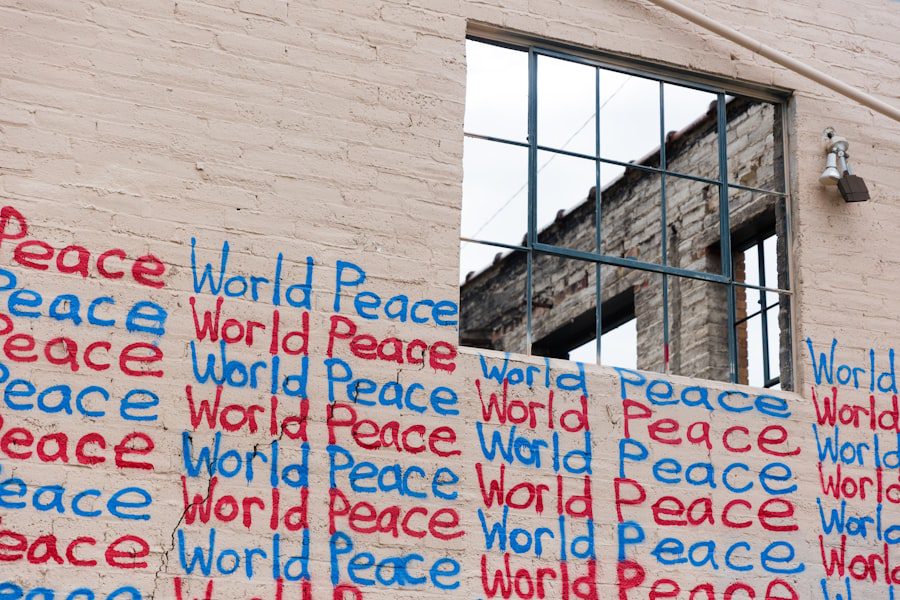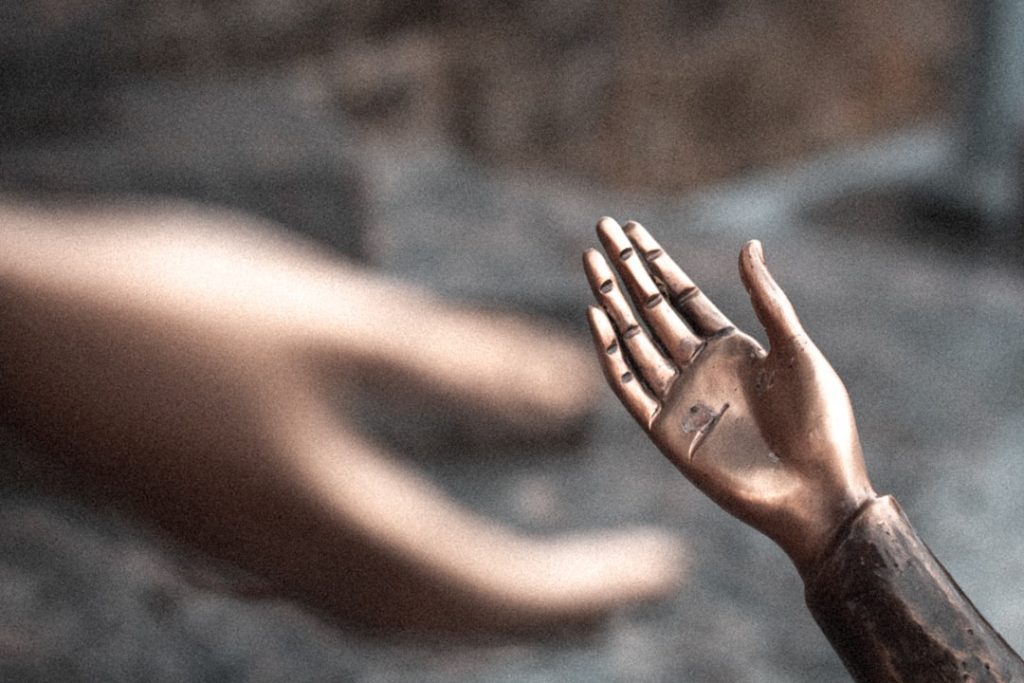The notion of healing nations transcends mere political or economic recovery; it embodies a holistic approach to restoring the fabric of society. Healing nations involves addressing the wounds inflicted by conflict, injustice, and systemic inequality. It requires a deep understanding of the historical context that has led to societal fractures, as well as a commitment to fostering reconciliation among diverse groups.
This process is not merely about rebuilding infrastructure or revitalizing economies; it is fundamentally about restoring trust, dignity, and a sense of belonging among citizens. At its core, healing nations is about creating an environment where individuals can thrive collectively. This involves recognizing the interconnectedness of various societal elements—cultural, social, and spiritual—and how they contribute to the overall health of a nation.
The journey toward healing often necessitates confronting painful histories, acknowledging past grievances, and fostering dialogue among communities that may have been at odds. It is a complex and multifaceted endeavor that requires the participation of all stakeholders, including government entities, civil society organizations, and the citizens themselves.
Key Takeaways
- Healing nations involves addressing deep-rooted social, economic, and political issues to restore a sense of unity and well-being within a country.
- The River of Life symbolizes the power of community, connection, and renewal in restoring and revitalizing communities.
- Historical examples, such as post-apartheid South Africa and post-war Germany, demonstrate how the River of Life has played a crucial role in healing and rebuilding nations.
- Spirituality can provide a sense of purpose, hope, and resilience in the healing process, offering a framework for forgiveness, reconciliation, and transformation.
- Implementing the River of Life in modern society involves fostering inclusive dialogue, promoting social justice, and investing in community development and well-being initiatives.
The power of the River of Life in restoring communities
The metaphor of the River of Life serves as a powerful symbol in the context of national healing. Just as a river nourishes the land through which it flows, providing sustenance and life to all it touches, so too can the principles embodied by the River of Life rejuvenate communities. This concept emphasizes the importance of interconnectedness, resilience, and the continuous flow of resources—be they emotional, spiritual, or material—necessary for community restoration.
The River of Life represents a pathway toward healing that is inclusive and nurturing, allowing for the flourishing of diverse cultures and identities. In practical terms, the River of Life can be seen as a framework for community engagement and empowerment. It encourages individuals to come together, share their stories, and participate in collective healing processes.
This can manifest in various forms, such as community dialogues, restorative justice initiatives, or collaborative projects aimed at addressing local needs. By fostering an environment where voices are heard and valued, communities can begin to mend the rifts that have divided them. The River of Life thus becomes a conduit for transformation, enabling individuals to reclaim their agency and work toward a shared vision of a harmonious future.
Historical examples of nations healed by the River of Life

Throughout history, there have been numerous instances where nations have experienced profound healing through collective efforts that resonate with the principles of the River of Life. One notable example is South Africa’s transition from apartheid to a democratic society. The Truth and Reconciliation Commission (TRC), established in 1995, served as a platform for victims and perpetrators of human rights violations to share their experiences.
This process was not merely about seeking justice; it was about fostering understanding and promoting national unity. The TRC’s emphasis on storytelling and acknowledgment allowed South Africans to confront their painful past while paving the way for a more inclusive future. Another compelling case is Rwanda’s recovery following the 1994 genocide.
In the aftermath of this horrific event, the nation faced the daunting task of rebuilding not only its physical infrastructure but also its social fabric. The Gacaca courts were established as community-based justice systems that encouraged dialogue and reconciliation among survivors and perpetrators. By focusing on restorative justice rather than punitive measures, Rwanda was able to foster a sense of collective healing.
The emphasis on community involvement in the healing process exemplifies how the River of Life can guide nations toward recovery by prioritizing empathy, understanding, and shared responsibility.
The role of spirituality in the healing process
| Aspect | Metrics |
|---|---|
| Physical Healing | Reduction in stress-related illnesses |
| Emotional Healing | Improved mental health and well-being |
| Social Healing | Enhanced sense of community and support |
| Spiritual Healing | Increased sense of purpose and meaning in life |
Spirituality plays a crucial role in the healing process for nations grappling with trauma and division. It provides individuals with a sense of purpose and connection that transcends their immediate circumstances. Spiritual practices can offer solace and hope in times of despair, allowing people to find meaning in their suffering and fostering resilience in the face of adversity.
In many cultures, spirituality is intertwined with community identity; thus, engaging with spiritual traditions can be an essential aspect of national healing. Moreover, spirituality often encourages forgiveness and compassion—two vital components in the journey toward reconciliation. For instance, many indigenous cultures emphasize restorative practices rooted in spiritual beliefs that promote harmony with oneself and others.
These practices can facilitate dialogue among conflicting parties by encouraging them to see beyond their grievances and recognize their shared humanity. By integrating spirituality into national healing efforts, societies can cultivate an environment conducive to empathy and understanding, ultimately leading to more profound and lasting transformations.
Practical steps for implementing the River of Life in modern society
Implementing the principles of the River of Life in contemporary society requires a multifaceted approach that engages various sectors and communities. One practical step is to establish platforms for dialogue that bring together diverse groups within society. These platforms can take many forms—town hall meetings, community forums, or online discussions—where individuals can share their experiences and perspectives in a safe environment.
Such initiatives foster mutual understanding and create opportunities for collaboration on shared goals. Another essential step is to invest in education that emphasizes empathy, critical thinking, and conflict resolution skills. By integrating these values into educational curricula at all levels, societies can cultivate future generations equipped to navigate differences constructively.
Programs that promote cultural exchange and awareness can also play a significant role in breaking down barriers between communities. Additionally, leveraging technology to connect individuals across geographical boundaries can enhance collective efforts toward healing by facilitating cross-cultural dialogues and collaborations.
Overcoming obstacles to national healing

Entrenched Power Dynamics
One significant challenge is entrenched power dynamics that resist change. In many societies, those in positions of authority may be reluctant to acknowledge past injustices or engage in meaningful dialogue with marginalized communities. This resistance can stem from fear of losing power or privilege; thus, addressing these dynamics is crucial for fostering an environment conducive to healing.
The Pervasive Nature of Trauma
Another obstacle lies in the pervasive nature of trauma itself. Societies grappling with deep-seated wounds may struggle to engage in open conversations about their pasts due to fear or pain associated with those memories. This reluctance can hinder collective efforts toward reconciliation and understanding.
Creating Safe Spaces for Healing
To overcome this barrier, it is essential to create safe spaces where individuals feel supported in sharing their stories without judgment or retribution. Mental health resources should also be made available to help individuals process their trauma as part of the broader healing journey.
The impact of healed nations on global peace and stability
Healed nations have far-reaching implications for global peace and stability. When societies successfully navigate their healing processes, they often emerge stronger and more resilient, capable of contributing positively to regional and international dynamics. A nation that has addressed its internal conflicts through reconciliation is less likely to engage in aggressive behaviors toward its neighbors or become embroiled in external conflicts.
This stability fosters an environment where cooperation and collaboration can flourish. Moreover, healed nations serve as powerful examples for others grappling with similar challenges. Their success stories can inspire movements for peace and reconciliation worldwide, demonstrating that transformation is possible even in the face of deep-rooted divisions.
As these nations share their experiences and strategies for healing on global platforms, they contribute to a collective understanding of how societies can overcome adversity through empathy, dialogue, and shared commitment to a better future.
The ongoing journey of healing for nations around the world
The journey toward healing is ongoing for many nations around the globe. While some have made significant strides in addressing historical grievances and fostering reconciliation, others continue to grapple with unresolved conflicts and societal divisions. The process is rarely linear; it often involves setbacks and challenges that require sustained commitment from all stakeholders involved.
As nations navigate this complex landscape, it is essential to recognize that healing is not merely an endpoint but an evolving journey that requires continuous effort and adaptation. Engaging with diverse perspectives and embracing innovative approaches will be crucial in fostering environments where healing can take root. By prioritizing empathy, understanding, and collaboration—principles embodied by the River of Life—nations can work toward creating societies that are not only healed but also resilient enough to face future challenges together.


